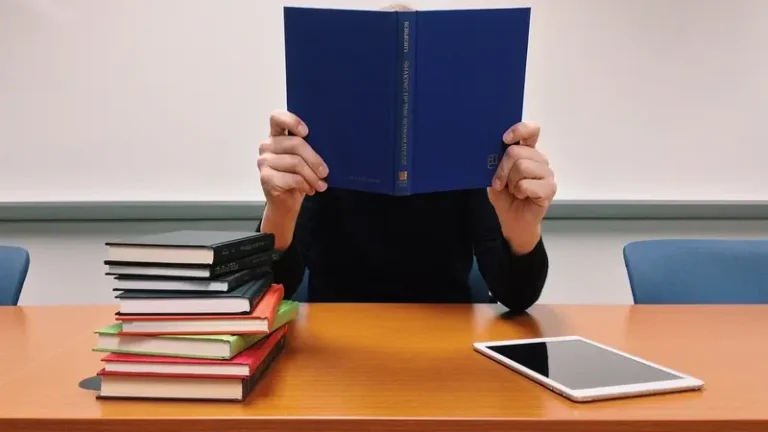Teachers are getting more sensitive to issues of fake and plagiarized work. With time, the sophistication of the techniques used by educational institutions in determining whether AI has written an essay has also advanced. These developments are a clear result of the popularity of AI writing assistants, despite them creating several concerns associated with academic dishonesty.
Analyzing Linguistic Patterns for Consistency and Authenticity
Schools have a way of identifying fakeness in an essay and one of them is checking for language uniformity. Natural language posting usually comprises variations in style, word usage, and grammatical construction that are characteristic of a particular person. In contrast, AI-generated content generally lacks this diversity and can seem rather monotonous. The first red flag that one can suspect that this is not the work of a human author, is when the writing style is similar to other authors. To detect them, integrated institutional software matches the essay against a pool of other similar student submissions. In this way, the software can identify changes in writing style, the tone of the text, and its level of complexity.
Leveraging Digital Watermarking and Metadata Analysis
Digital watermarking is widely used with metadata analysis as the more popular technique in identifying AI-generated content. These are small hidden icons placed directly into the text to ensure they help reveal who created it. When an AI tool is used in the creation of text, these watermarks are often placed directly into the text by the creators of the tool or are part of the coding of the specific tool. These watermarks are detected by software that schools and educational institutions utilize to differentiate AI-written essays from those written by students. It is the process of analyzing the underlined data that are hidden within documents like the time of their creation, the software used, or editing histories.
Utilizing Plagiarism Detection Tools
AI has also been used to enhance classical plagiarism detection systems to detect AI writings. These are no longer basic tools for scanning text against existing web content; they come equipped with machine learning techniques capable of comparing the overall construction, grammar, and style of sentences, all of which are themselves generated by AIs. The improved tools are intended to identify patterns that are typical of non-robotic writing, such as repetition and low levels of context awareness. These plagiarism checkers can also match the submitted essay with a large database of known AI-produced essays. In turn, they can point at similarities that extend beyond direct copying, including the uses of certain templates and paraphrasing techniques, which are characteristic of AI writing.
The Role of Online Platforms in Detecting AI-Generated Essays
Some of the ways that online platforms can be employed as important means of identifying AI-generated essays include a top AI detector. Online platforms are particularly important in that they offer educators useful tools and resources for this purpose. Such platforms provide extensive features such as text analysis, digital fingerprinting, and detecting AI along with database comparisons and other services designed to uphold the credibility of academic content. Most of these services operate in the cloud and provide an immediate analysis, which can be a big advantage for teachers who want to address possible problematic issues before assigning a grade.
Real-Time Monitoring and Machine Learning for Continuous Improvement
There is an increased reliance on dynamic approaches such as machine learning incorporated in real-time monitoring. The schools are investing in programs that immediately track student assignments and raise alarms if something looks malicious. This makes it easy to act on and review materials, unlike after submitting them when one might not notice the intricacies of the work done by an AI. It is feasible to use real-time systems that analyze text during the process and let the user know whether the process is consistent with human patterns.
Conclusion
Due to this, schools have employed a multiple-method approach to ensure that they identify AI-generated essays, including the use of technology, statistical language analysis, and live monitoring to prevent such incidents. Through constant checks and the use of modern detection methods, such institutions maintain a clean environment and promote honesty among the students. Contact Us for more details.
